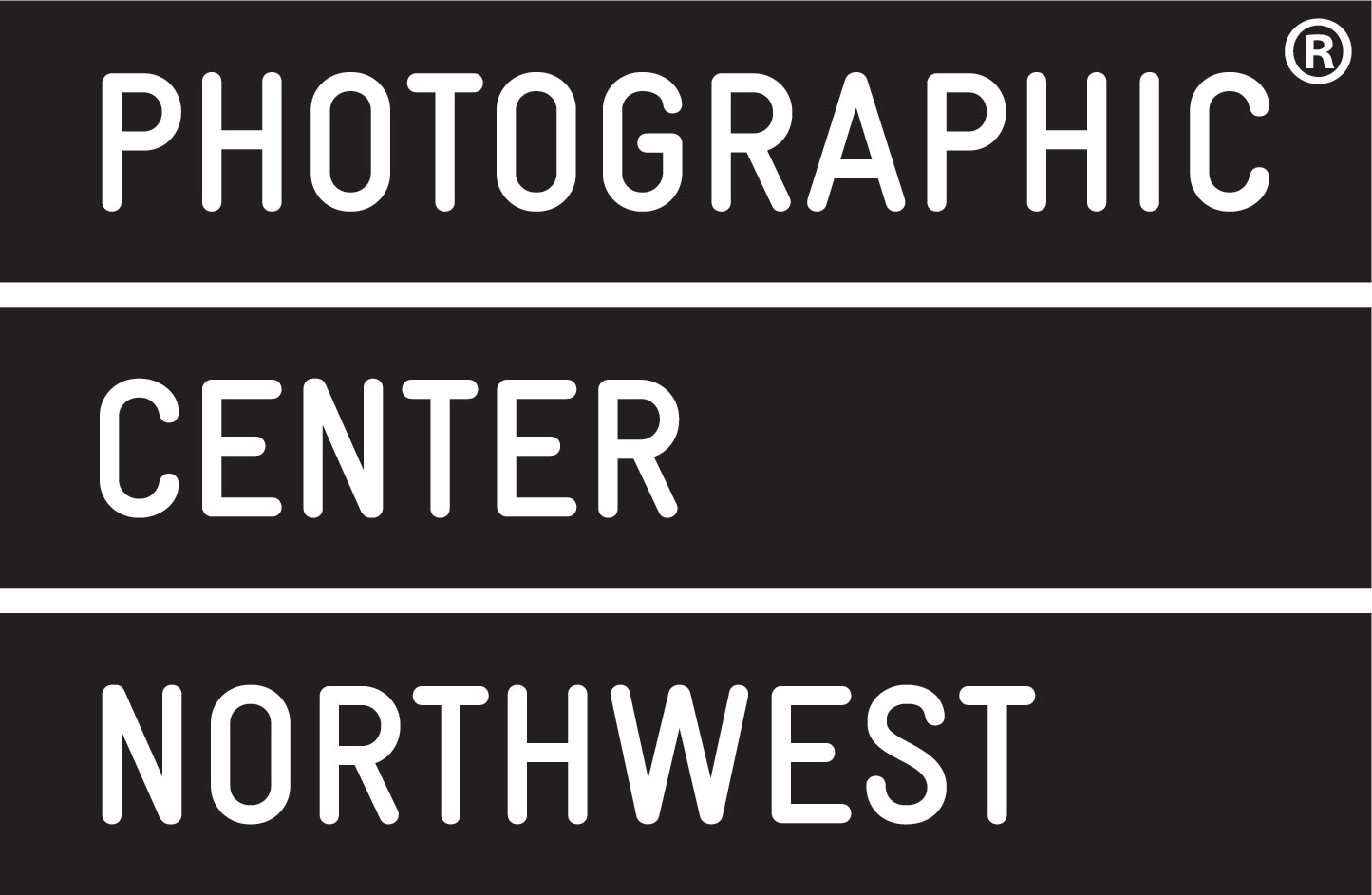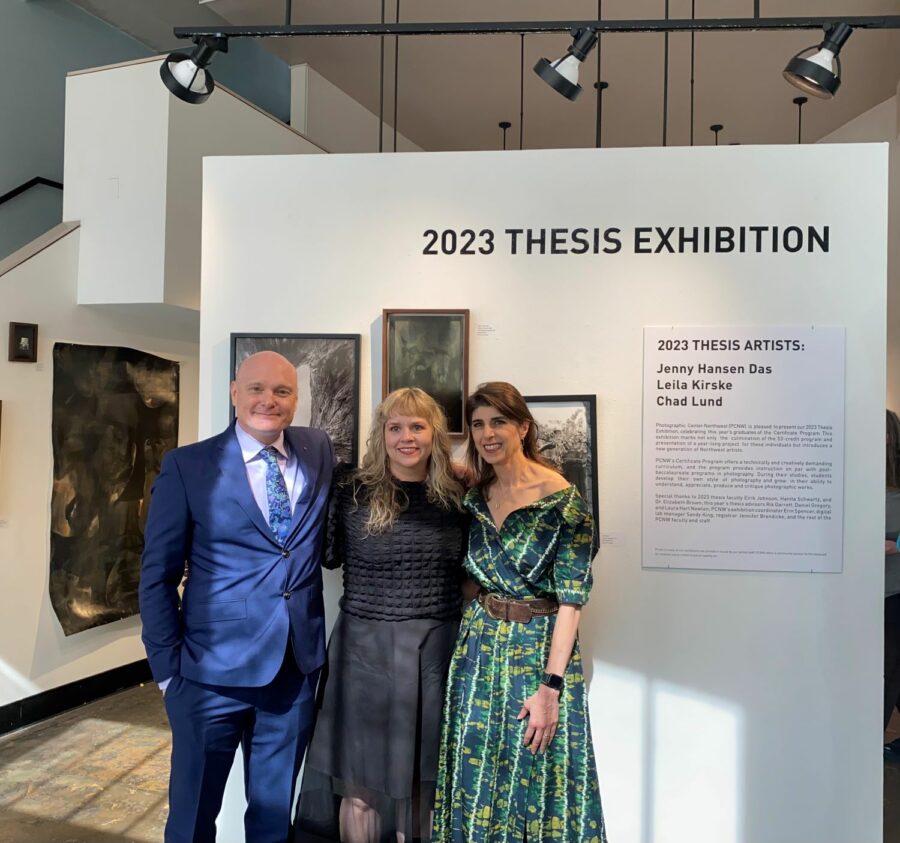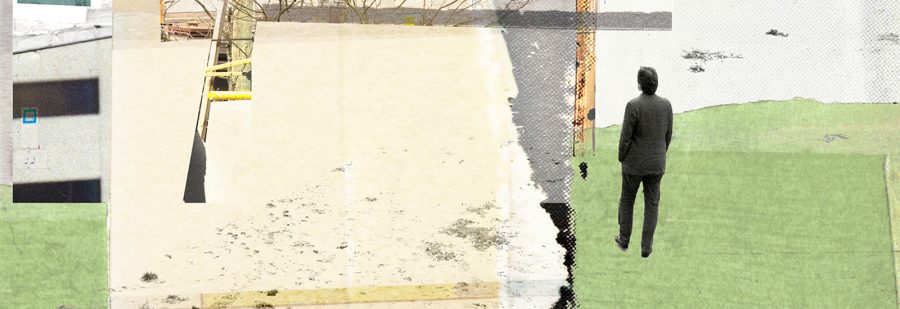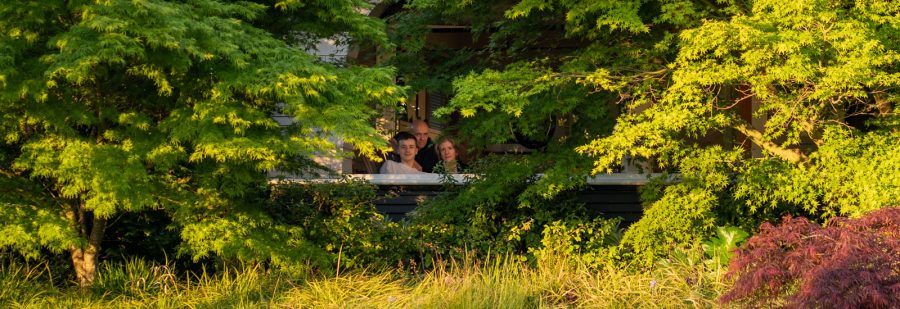Jeffrey Heyne is an exhibiting artist in Imminent Existence, Photolucida‘s Critical Mass TOP 50 (2022).
On view at the PCNW gallery March 30 – June 4, 2023.
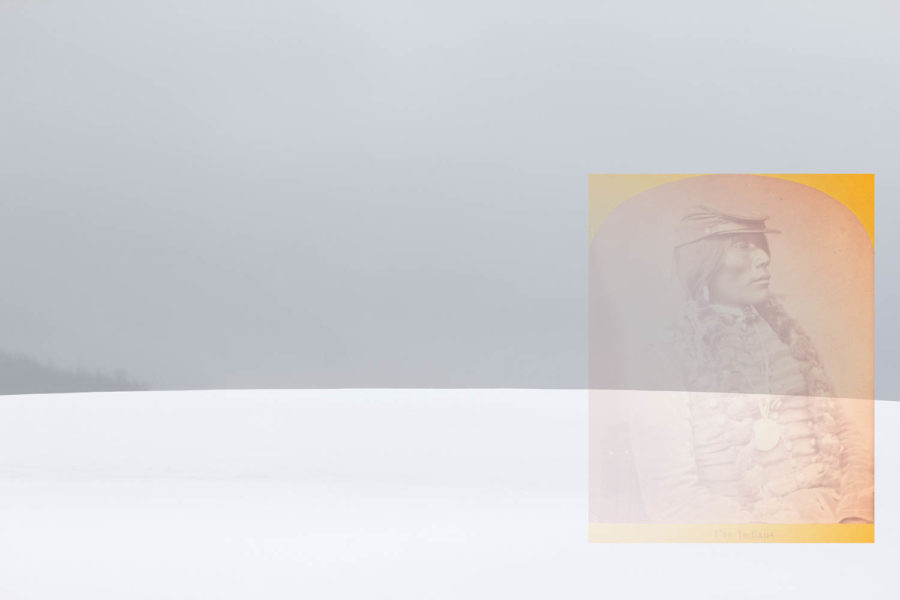
Jeffrey Heyne (b. 1960, Bristol, CT; lives in Boston, MA)
Ute Stereo Card with Pasture and Snow Storm Year image taken: c:1890/2017
Pigment print face mounted to matte plexiglass, mounted on Dibond panel
Edition 1 of 10
Image 14 x 21 inches, framed to 14.5 x 21.5 inches
$975 (for purchase inquiry, please contact Erin at espencer@pcnw.org)
I’m wondering if the Critical Mass review process brought about any meaningful connections with one or more of the reviewers?
Not yet, but the recognition is huge!
Please tell us about yourself and which part of the world you currently reside.
With my various bodies of photographic projects, I engage in a dialectic search for a narrative based on sub-textual readings of disparate images, conceptual collisions, and cultural elisions. My subject matter has ranged from exploring Barbie’s other proportions, to reanimating Muybridge’s freeze-frame photos, unveiling the male-gaze in Renaissance paintings, questioning toxins in industrial architecture, and telling the tales of future geo/politics in outer space.
Heyne earned a B.Arch. from the Univ. of Cincinnati. He cites his residency with painter Jake Berthot at the International School of Art in Todi, Italy as being pivotal in the focus of his photography.
Since 1995, he shares a live-work art studio with his partner, Dorothea Van Camp, in the historic Fort Point neighborhood of Boston.
When did you first discover your love of photography?
When I was eight, I won a very tiny “secret agent spy camera” in an arcade game at the Lake Compounce amusement park in Bristol, CT. I took my “clandestine pictures” and mailed the small roll film off to the processing lab, but was disappointed on receiving film back and no pictures. A short note accompanied with it said I have to include money for processing. It was a learning moment. My older brother laughed but a few years later he let me play with their 35mm Minolta, and I was launched.
Please tell us about the piece that was selected to be included in Imminent Existence. Also, tell us a bit about the body of work that this is from.
Ute Stereo Card with Pasture in Snow Storm, c: 1890’s/2017
While the name of this noble looking Ute in this portrait has been lost, it could have been someone associated with Chief Ouray. Ute Chief Ouray was appointed by the US Government to represent the various Ute Tribes in the Colorado, New Mexico, Arizona, and Utah areas. Ouray was a mix of Mexican and Ute heritage, had command of many languages, including perfect English, lived in a large settlers’ style homestead, and farmed instead of hunting and gathering. He was equally at home with his traditional Ute apparel, as well as wearing the latest Anglo-style fashion. This delighted the local politicians as well as Presidents Lincoln, Grant, and Hayes. Ouray was feted with high level royal treatment in Washington and New York, and with his input, many Ute treaties were established with Ouray’s negotiating skills.
The other Ute chiefs back in the West either felt jealous of Ouray, or were angered that he had sold them out. These chiefs gave Ouray a pejorative nickname, Indian Apple, meaning “red on the outside, white on the inside.”
Short To Hunt a Moon statement
This series portrays a narrative of land ownership centered around the Native Peoples of the American West, the fledgling statehood of Colorado, cattle ranches, and the Apollo Moon missions.
In 1898 a Ute Indian hunting party traveled from Utah to their ancestral hunting grounds in western Colorado “…to hunt a moon,” or a month long period, but they were forced back by United States Army soldiers. After almost 5,000 moons, this was one of the Ute’s last traditional hunts on their original lands.
Who / what are your biggest influences?
As a teenager Ansel Adams was my photo hero and influenced me on technical precision. Later I gravitated towards Doug and Mike Starns for allowing messiness to represent a psychological space. And now I look to Abelardo Morrell and Edward Burtynsky for the poetics of architectural space and environmental concern.
“Behind the Lens” – Do you have any interesting or funny facts about the creation of your piece?
To Hunt A Moon series grew out of a chance encounter with Bill, a ranch owner in Steamboat Springs. In 2015 I was photographing in the middle of a large ranch capturing the summer evening light. I thought I was the only one around for miles except for some cattle and hay bales. A mile away I see an old fellow limping towards me. After 30 minutes he approaches, takes off his cowboy hat, and I can see his face is deeply creviced and darkly tanned from being outdoors his entire 70 years. He asks me if I am taking photos, if I realize I’m trespassing, and then leans in close, and quietly asks if I consider myself a kind soul. I slowly answered, “ y – e – s, ” three times.
Fortunately for me he was a kind soul too. He seemed to relish watching me squirm while testing me, but we struck up a long conversation standing in his hay field watching the sun dip below the mountain ridge. I learned of his Swiss ancestors settling here in the late 1800’s after the Ute were relocated to a reservation; I learned his father was killed 20 years ago in a cattle feeding accident just 30 feet from where my tripod was standing; and I learned this would be his last year owning the ranch. He would stay on one more season helping the new owner manage the 1500 acres and 300 cattle, but after 125 years he would be the last of his family in Pleasant Valley in Steamboat Springs.
